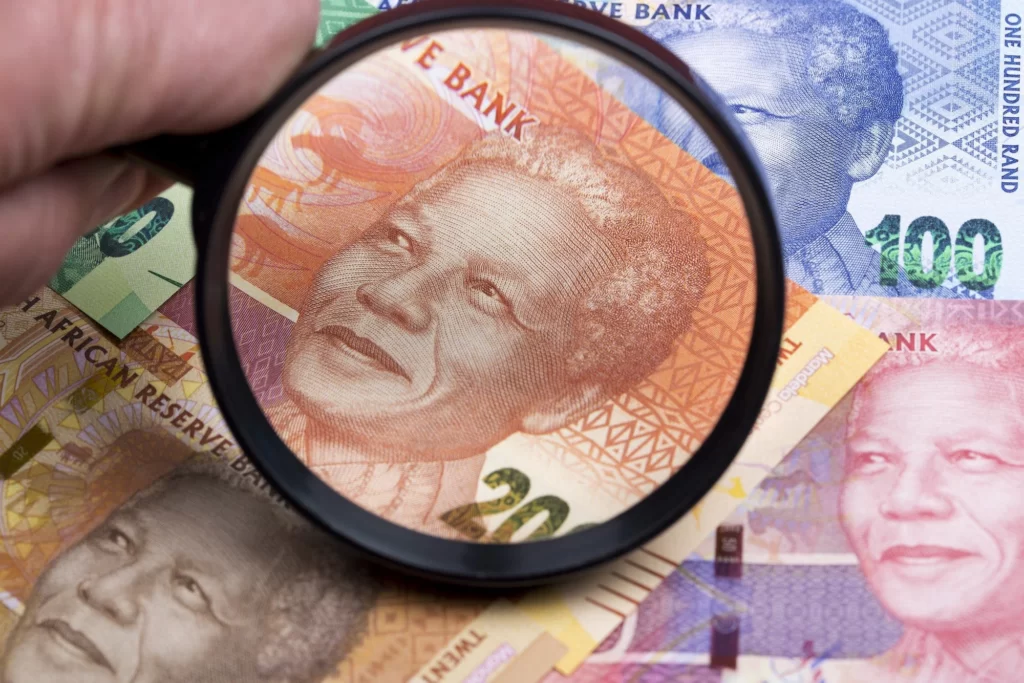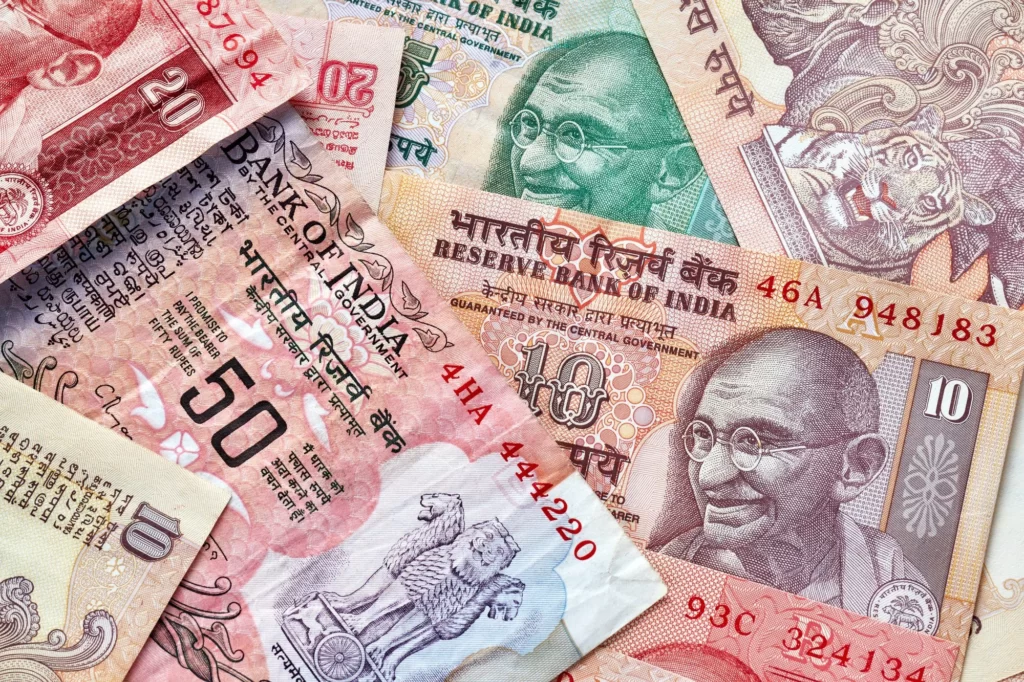US Dollar and emerging market currencies

US Dollar and emerging market currencies
-
By: Nephtali Tshitadi
- Published:
The US Dollar is the world’s dominant reserve currency, accounting for nearly half of foreign exchange reserves (Prasad, 2019). As a result, its value is reflected in the prices of goods and services exchanged between countries. A weaker USD makes other countries’ goods and services cheaper while making imports more expensive. For emerging countries with limited exposure to international debt markets and capital markets, this forces them to purchase USD-denominated debt or equity to fund their economies and thus making their currencies stronger in international markets.
This article illustrates the performance of emerging countries’ currencies to the US Dollar. These include, in this article, the Indian Rupee, Brazilian Real, Mexican Peso, and South Africa Rand. To achieve this goal, daily data was collected from the investing.com website for the period going from March 2, 2020, to April 29, 2022.
Table of Contents
Definition of "Emerging Market Currency"
Before understanding the meaning of the terms “emerging market currency”, we must first try to understand the definition of an emergent market. According to Kantis, Federico and García (2020), there is not a generally accepted definition of emerging countries. Nevertheless, the countries most generally seen as emerging are Brazil, Russia, India, China, and South Africa, know as BRICS countries (Pop, 2014). As a result, an emerging market currency is a currency that is used within a country classified as an ‘emerging market’ (EM). There is no universally accepted list of emerging market currencies because organisations like the IMF, FTSE, JPMorgan, and Columbia University use slightly different criteria to classify nations as emerging markets. However, the following currencies are widely regarded as emerging market currencies:


As a result, an emerging market currency is a currency that is used within a country classified as an ‘emerging market’ (EM). Emerging currencies are also defined as those that have recently seen more rapid growth and have not yet reached the same level of stability as an established market. Emerging markets often undergo this depreciation cycle when they reach a certain level of economic maturity. Countries with a strong economy can generally withstand this depreciation cycle because they have more stable currencies. However, countries with fragile economies or weak currencies are at risk of entering into crisis mode when their currencies enter into the depreciation cycle.
There is no universally accepted list of emerging market currencies because organisations like the IMF, FTSE, JPMorgan, and Columbia University use slightly different criteria to classify nations as emerging markets. However, the following currencies are widely regarded as emerging market currencies:
- Russian ruble (RUB)
- Indian rupee (INR)
- Chinese renminbi (CNH)
- Brazilian Real (BRL)
- South African rand (ZAR)
Performance of Emerging markets' currencies to the US Dollar
• US Dollar to Brazilian Real
Figure 3 shows that the Brazilian real has been a stable currency throughout the entire period of study. The currency reached an all-time high of 5.99 in May of 2020 and then was changing hands at around $5 for over 24 months until March 18, 2021, and then started getting stronger in April 2022, before weakening again as of April 22, 2022. This depreciation of the Brazilian real came after a wave of risk aversion swept global markets on fears that more lockdowns in China and aggressive monetary policy tightening by the Federal Reserve would hurt growth. Meanwhile, the Brazilian central bank is expected to keep tightening the aggressive monetary policy amid persistent inflationary pressures.

Overall, however, the Brazilian Real has been the best performing currency of all emerging market currencies within the BRICS group this year, up over 13%, despite domestic economic and political crisis, helped by soaring commodity prices and double-digit interest rates.
Figure 3. USD/BRL historical data March 2020-April 2022
Source: www.investing.com

Nephtali Tshitadi
Nephtali Tshitadi is a researcher and professional content writer with more than 5 years of experience. He holds a Masters's qualification (Mcom) in Finance, Honours Degree in Financial Management, and BCom in Economics.


1 thought on “US Dollar and emerging market currencies”
Thank you Sir. It’s helpful
Comments are closed.